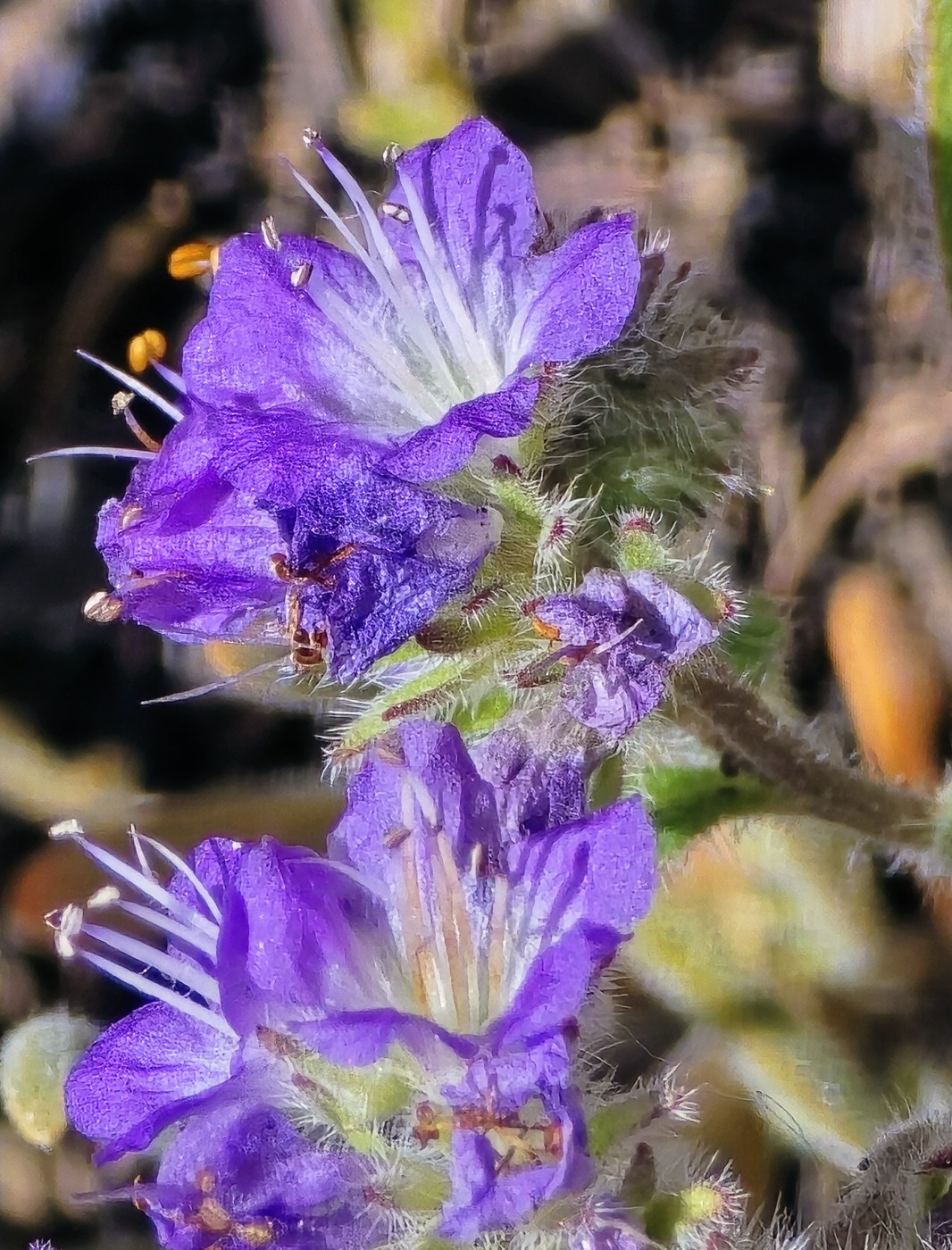FLOWERING PLANTS IN BLOOM (68 species)
white (16)
chokecherry (Prunus virginiana)
white campion / evening catchfly (Silene latifolia)
Parry’s campion / catchfly (Silene parryi)
thread-leaf sandwort (Eremogone capillaris)
showy phlox (Phlox speciosa)
common yarrow (Achillea millefolium)
milk-vetch, probably Yakima (Astragalus, probably reventiformis)
western serviceberry (Amelanchier alnifolia) — mostly past flowering
prairie-star, probably small-flower (Lithophragma, probably parviflorum)
panicled death-camas (Toxicoscordion paniculatum)
miner’s lettuce (Claytonia perfoliata)
cushion pussytoes (Antennaria dimorpha)
common bedstraw / goose grass / cleavers (Galium aparine)
silver-leaf phacelia (Phacelia hastata)
bastard toadflax (Comandra umbellata)
blue elderberry (Sambucus cerulea)
yellow (23)
salsify (Tragopogon dubius)
bitterbrush / antelope brush (Purshia tridentata)
Douglas’s buckwheat (Eriogonum douglasii)
parsnip-flower buckwheat (Eriogonum heracleoides)
thyme-leaf buckwheat (Eriogonum thymoides)
arrow-leaf buckwheat (Eriogonum compositum)
sulphur-flower buckwheat (Eriogonum umbellatum)
Carey’s balsamroot (Balsamorhiza careyana)
desert yellow daisy (Erigeron linearis)
nineleaf desert-parsley / biscuitroot (Lomatium triternatum)
short-leaf desert-parsley / biscuitroot (Lomatium brevifolium)
tall western groundsel (Senecio integerrimus)
tansymustard, species uncertain (Descurainia sp.)
hawksbeard, species uncertain (Crepis sp.)
Columbian puccoon (Lithospermum ruderale)
heart-leaf arnica (Arnica cordifolia)
slender cinquefoil (Potentilla gracilis)
sticky cinquefoil (Drymocallis glandulosa)
white-stem blazing-star (Mentzelia albicaulis)
northern mule’s-ears (Wyethia amplexicaulis)
fiddleneck, species uncertain (Amsinckia sp.)
pioneer / streamside violet (Viola glabella)
false agoseris / desert dandelion (Nothocalais troximoides)
reddish: pink to red to red-purple (13)
common snowberry (Symphoricarpos albus)
mountain snowberry (Symphoricarpos rotundifolius)
Gairdner’s penstemon (Penstemon gairdneri)
bitter-root (Lewisia rediviva)
harsh paintbrush (Castilleja hispida)
scarlet paintbrush (Castilleja miniata)
old man’s whiskers (Geum triflorum)
rockcress, probably small-flower or slender (Boechera, probably pauciflora or sparsiflora)
rose, Nootka or pear-hip (Rosa nutkana or woodsii)
little-leaf pussytoes (Antennaria microphylla)
sticky geranium (Geranium viscosissimum)
narrow-leaf collomia (Collomia linearis)
onion, probably Nevius’s (Allium, probably nevii)
bluish: blue to violet to blue-purple (14)
blue mustard (Chorispora tenella)
lupine, probably prairie (Lupinus, probably lepidus)
lupine, probably silky (Lupinus, probably sericeus)
lupine, probably big-leaf (Lupinus, probably polyphyllus)
penstemon, Chelan or fine-toothed (Penstemon pruinosus or subserratus)
large-flower Triteleia (Triteleia grandiflora)
western blue iris (Iris missouriensis)
larkspur, probably common / upland (Delphinium, probably nuttallianum)
common camas (Camassia quamash)
giant-hyssop, probably nettle-leaf (Agastache, probably urticifolia)
cushion / Kittitas daisy (Erigeron poliospermus)
thread-leaf phacelia (Phacelia linearis)
low phacelia (Phacelia humilis)
madwort (Asperugo procumbens)
green (1)
Thompson’s paintbrush (Castilleja thompsonii)
orange (1)
large-flower collomia (Collomia grandiflora)
BIRDS
Yellow-rumped Warbler
Black-headed Grosbeak
California Quail
Dusky Grouse
Chipping Sparrow
Brewer’s Sparrow
Vesper Sparrow
Spotted Towhee
Western Meadowlark
Turkey Vulture
Common Raven
Lewis’s Woodpecker
Black-billed Magpie
hummingbird, species uncertain
Western Tanager
BUTTERFLIES
Ochre / Common Ringlet (Coenonympha tullia)
Julia’s / Pacific Orange-tip (Anthocharis julia)
Anise Swallowtail (Papilio zelicaon)
greater fritillary, species uncertain (Speyeria sp.)
Acmon or Lupine Blue (Icaricia acmon or lupini)
Boisduval’s Blue (Icaricia icarioides)
REPTILES
rubber boa (Charina bottae)
pygmy short-horned lizard (Phrynosoma douglasii)

The upper firth of the Wildcat trail (see the blue portion on the attached Caltopo map) has been logged, the trail was transformed into a logging road and then vehicle barriers were constructed (logs block the top and then there are 8 or so dirt dams). The area was mostly plowed under, with only a few areas of the original meadows/flowers. I'll be investigating how to best connect with the Short Pants trail from the top of the remaining trail, this trail is too good to not hike, the flowers were very good, especially the thick larkspur in the forested areas.
Our group of 10 Mountaineers saw 68 species of plants in bloom, thanks Paul for the list (see below)! Except for the logged portion of the Wildcat Trail, the attached route is quite good for variety of flowers and terrain. The "2nd phase" flowers (balsamroot, showy phlox) are fading and the wild buckwheats and lupine are coming on (photo 2). There are native irises blooming on the Westberg and up on the ridge. We saw a few flowers we had never seen before white-stem blazing-star, madwort, and low phacelia. I've never met a phacelia I didn't really like and that was very true for this one (photo 3 doesn't do it justice). We saw large and small-flower collomia (grandiflora and linearis, photo 4). If I am looking for pollinators, I always find insects I have never seen before in Central WA, today it was Blister Beetles (photo 1), huge mormon crickets, and a Flying Saucer Lady Beetle (in the slideshow along with other insects, flowers, and a couple of landscapes).
Dear horse riders, I really appreciate all of the trail work that you do and I have never encountered one of you that was not courteous and friendly. There is one in your ranks that has on multiple occasions ridden on the trails out here when it is very muddy. The Wildcat and Chin Biter trails have 3 inch divots. Many mountain bikers spent 1000's of hours building these beautiful trails and this one person did incredible damage for a few hours of riding. Please don't do this in the years to come.






Comments